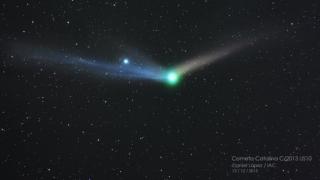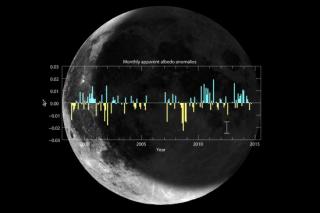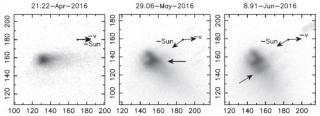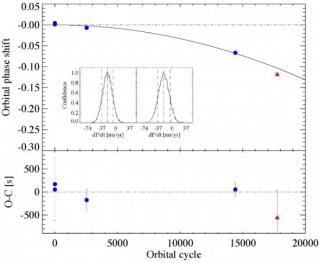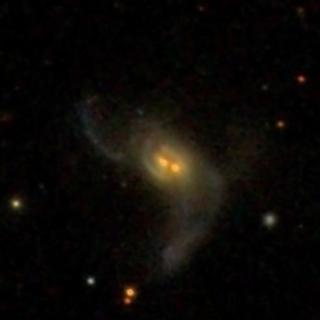
A study published in the Astrophysical Journal supports models which question the need for the existence of this form of matter in galaxies
Advertised on
This section includes scientific and technological news from the IAC and its Observatories, as well as press releases on scientific and technological results, astronomical events, educational projects, outreach activities and institutional events.

